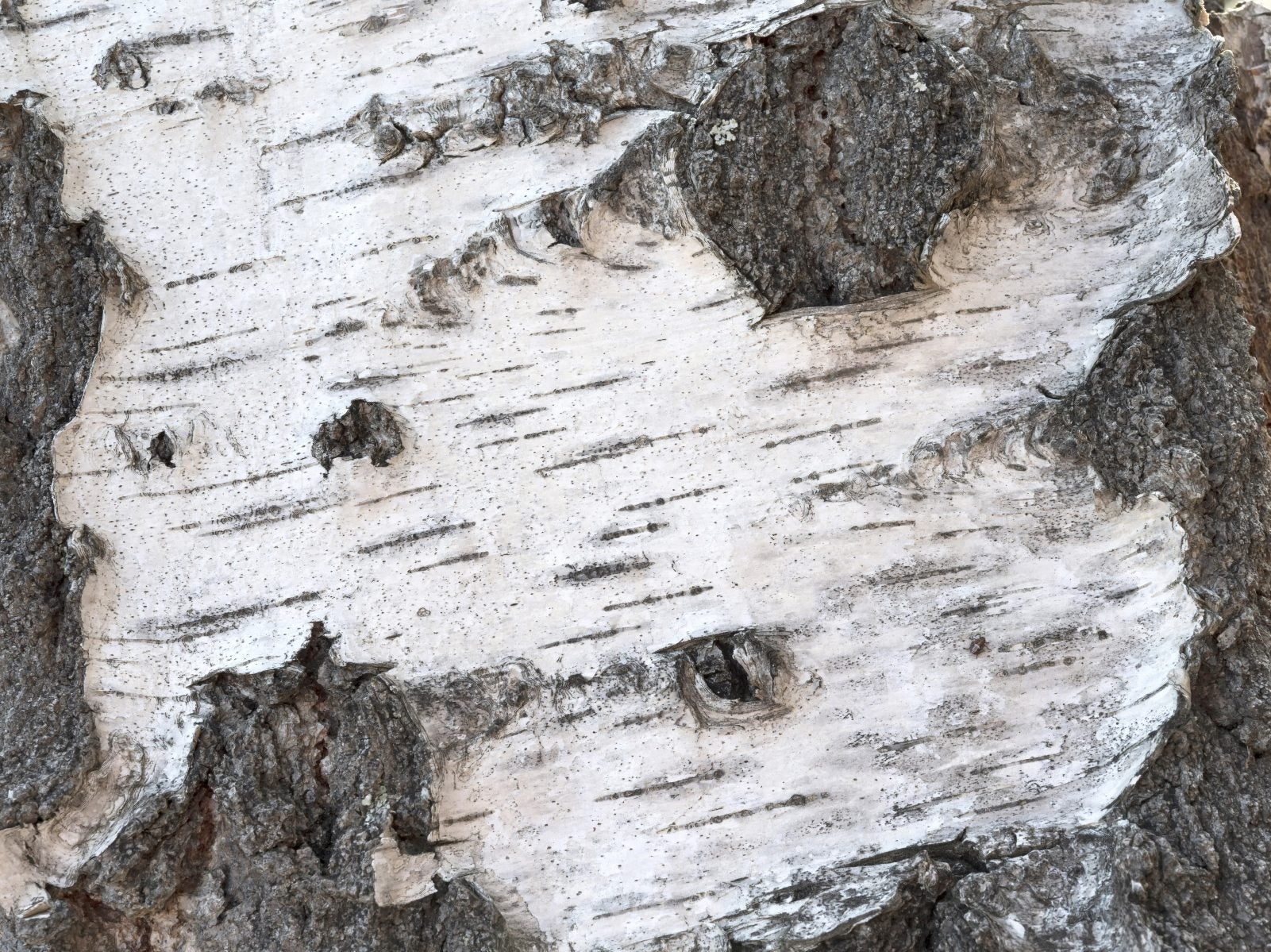Willow Tree Bark Is Falling Off: How To Treat Peeling Willow Bark


Willow trees (Salix spp.) are fast-growing beauties that make attractive, graceful ornamentals in a big backyard. In the wild, willows often grow by lakes, rivers, or other bodies of water. Although willows are not sickly trees, a few diseases and pest infestations do attack and cause willow tree problems. If willow tree bark is falling off, you may need to take action.
Common Willow Tree Problems
Willows are not picky trees, and most thrive in almost any kind of soil as long as there is adequate sunlight. They grow best in sites with full sun. However, the tree is vulnerable to several diseases and pests, including a few that cause willow tree bark peeling. A few of the most serious willow tree problems do not cause peeling willow bark. These include infestation by gypsy moth caterpillars, willow leaf beetles, and bagworms that will defoliate the tree. The worst willow diseases include:
- Crown gall, which causes stunting and dieback
- Willow scab, which causes olive green spore masses along the underside of leaves
- Black canker, causing dark brown spots on the tree's leaves.
These are not your tree’s problem if your willow tree bark is falling off.
Reasons for Peeling Bark on Willows
Peeling willow bark can be caused by insects. If your willow tree bark is falling off, it could be a sign of borer insects. Both poplar and willow borers can tunnel through the inner layer of the willow bark. This causes peeling bark on willows. Your best bet if your willow tree has borers is to clip out all diseased branches. Then you can spray the willow tree with permethrin to kill borers. Another possible reason for willow tree bark peeling is too much sun. Willows most often get sunscald in winter when the sun reflects off the bright snow. The sunlight heats the tree bark, causing the tree cells to become active. As soon as the temperatures plunge, the cells freeze and rupture. If your willows have yellow or red patches on the tree trunk, this may be the result of sunscald. Those spots can also crack and peel as time passes. The tree will heal from sunscald, but you can protect your willows by acting before winter. Paint the trunks with diluted, white paint in early winter to prevent sunscald.
Sign up for the Gardening Know How newsletter today and receive a free copy of our e-book "How to Grow Delicious Tomatoes".

Teo Spengler is a master gardener and a docent at the San Francisco Botanical Garden, where she hosts public tours. She has studied horticulture and written about nature, trees, plants, and gardening for more than two decades, following a career as an attorney and legal writer. Her extended family includes some 30 houseplants and hundreds of outdoor plants, including 250 trees, which are her main passion. Spengler currently splits her life between San Francisco and the French Basque Country, though she was raised in Alaska, giving her experience of gardening in a range of climates.